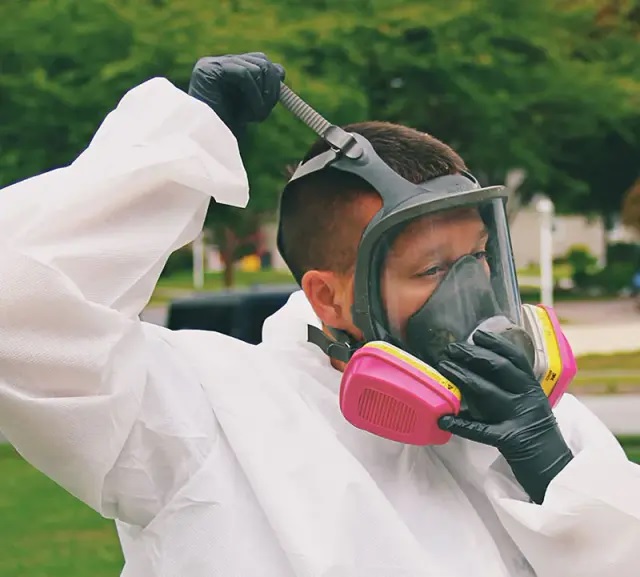Flooding can cause devastating damage to your property, leaving behind structural issues, health hazards, and emotional stress. Whether it’s a flooded basement, burst pipe, or natural disaster, taking the right steps quickly is essential to prevent further destruction. At Ideal Response, we specialize in comprehensive flood damage cleanup, helping homeowners and businesses restore their spaces efficiently and safely. Understanding the process of flood damage restoration ensures you can act fast and minimize long-term problems.
Here are the key steps involved in effective flood damage restoration:
1. Immediate Assessment and Safety Precautions
The first step after a flood is to ensure safety. Standing water can hide electrical hazards, structural damage, or harmful bacteria. Before entering a flooded basement or affected area, turn off electricity and gas to reduce the risk of accidents.
At Ideal Response, our experts perform a thorough inspection to identify hazards, assess the extent of the water damage emergency, and determine the right equipment for the job. We also document the damage for insurance purposes, making the claims process smoother for you.

2. Rapid Water Extraction
Quick water removal is crucial to prevent further damage to your property’s structure and belongings. Stagnant water can lead to mold growth and weaken foundations.
Our team uses industrial-grade pumps and vacuums to extract water from all affected areas, including crawl spaces and basements. Whether it’s a flooded basement or widespread water intrusion, Ideal Response acts fast to stop secondary damage. This step sets the foundation for a successful flood damage cleanup.
3. Drying and Dehumidification
Once the standing water is gone, hidden moisture can still linger inside walls, flooring, and furniture. If ignored, it can cause mold, unpleasant odors, and structural deterioration.
Using advanced drying equipment, our specialists thoroughly dry the affected spaces. Dehumidifiers and air movers are strategically placed to ensure complete moisture removal. This process prevents future problems and prepares the area for cleaning and restoration.

4. Deep Cleaning and Sanitization
Floodwater often carries harmful contaminants, including bacteria, sewage, and chemicals. Proper cleaning and sanitizing are vital to protect your family’s health and restore your home or business safely.
Ideal Response uses professional-grade cleaning agents to disinfect surfaces, furniture, and belongings. Our flood damage cleanup process eliminates harmful microorganisms and removes foul odors, leaving your property safe and hygienic.
5. Mold Inspection and Treatment
Mold growth is a common aftermath of flooding, especially if water is not removed promptly. Left untreated, mold can cause respiratory issues and damage building materials.
Our team performs a detailed mold inspection as part of every water damage emergency service. If mold is found, we use specialized treatments to eliminate it and prevent regrowth. By addressing mold early, we help you avoid costly repairs and health concerns down the line.
6. Restoration and Repair
The final step involves restoring your property to its pre-flood condition. This may include replacing drywall, repairing flooring, repainting walls, and rebuilding damaged structures.
As one of the trusted flood damage companies, Ideal Response ensures every repair meets high-quality standards. We work closely with you to bring your home or business back to life, minimizing disruption and stress during the process.
Why Choose Ideal Response for Flood Damage Cleanup?
Flood restoration requires expertise, quick action, and specialized tools. With years of experience, Ideal Response stands out among flood damage companies by offering:
- 24/7 emergency response for water damage emergencies
- Certified technicians with advanced training
- Industrial-grade equipment for fast and efficient cleanup
- Assistance with insurance claims and documentation





Comments